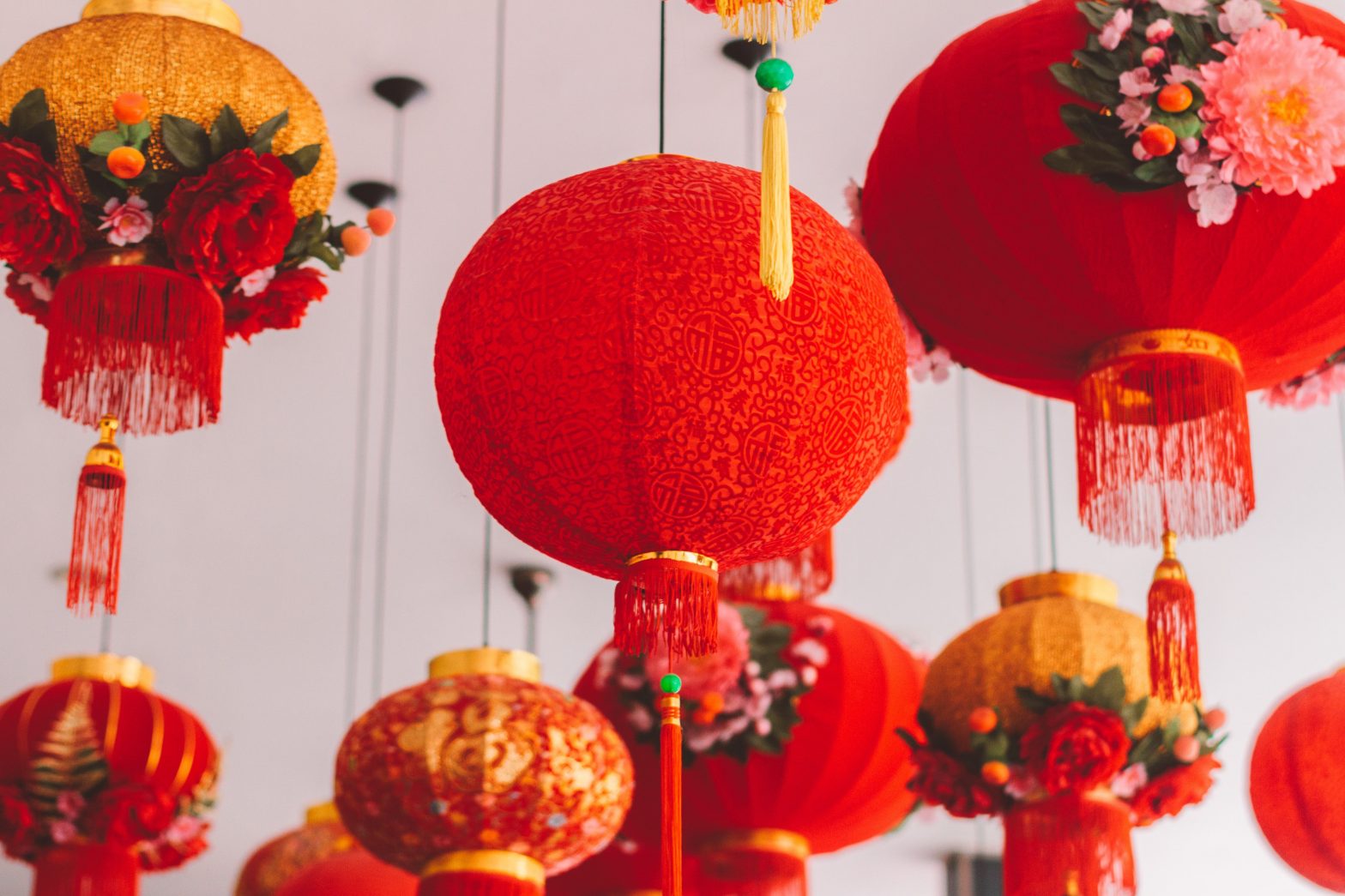The Chinese Lunar New Year commences on Sunday, January 22. It is the Year of Rabbit, which indicates that our focus should be on rest, introspection, and working smarter, not harder. A Rabbit symbolizes grace, beauty, mercy, and good luck.
Also Read| Chinese New Year 2023 wishes, greetings: How to wish loved ones in Chinese, Vietnamese, Korean and Malay
One of the biggest celebrations in Asia and across Asian Diaspora, the celebration brings renewal of prosperity, happiness and health. There are 12 zodiac Chinese zodiacs, and one stands for each new year on the lunar calendar.
As we bid farewell to 2022’s Tiger, here is a guide to how to celebrate the festivities. The New Year celebrations are categorized mainly by family reunions, vibrant parades and fireworks.
Asian countries hold the belief that red and gold symbolize good fortune, and thus many people wear red during Lunar New Year. Children would receive their gifts encased in red wrapping paper. Families hold feasts, clean their homes and visit shrines to honour their deceased relatives.
Different communities have different ways of celebrating the occasion. For example, in Korea, the first day of Chinese Lunisolar Calender is called Seollal. Families exchange gifts and have rice cake soup and savory pancakes together.
Also Read| Chinese New Year 2023 significance: What the Year of the Rabbit means for you?
In Vietnam, Lunar New Year is called Tết. January 22 actually marks the start of the Year of Cat. Believers enjoy delicacies like Thịt Kho trứng (braised pork with duck eggs) and decorate yellow apricot blossoms and other plants.
Chinese New Year events, which feature dragon parades, boat races, and fireworks, are often best known to Americans. Paper lanterns and sweets like tangyuan, a confection made of sticky rice balls, are part of the Lantern Festival, which takes place at the end of the New Year’s season.






